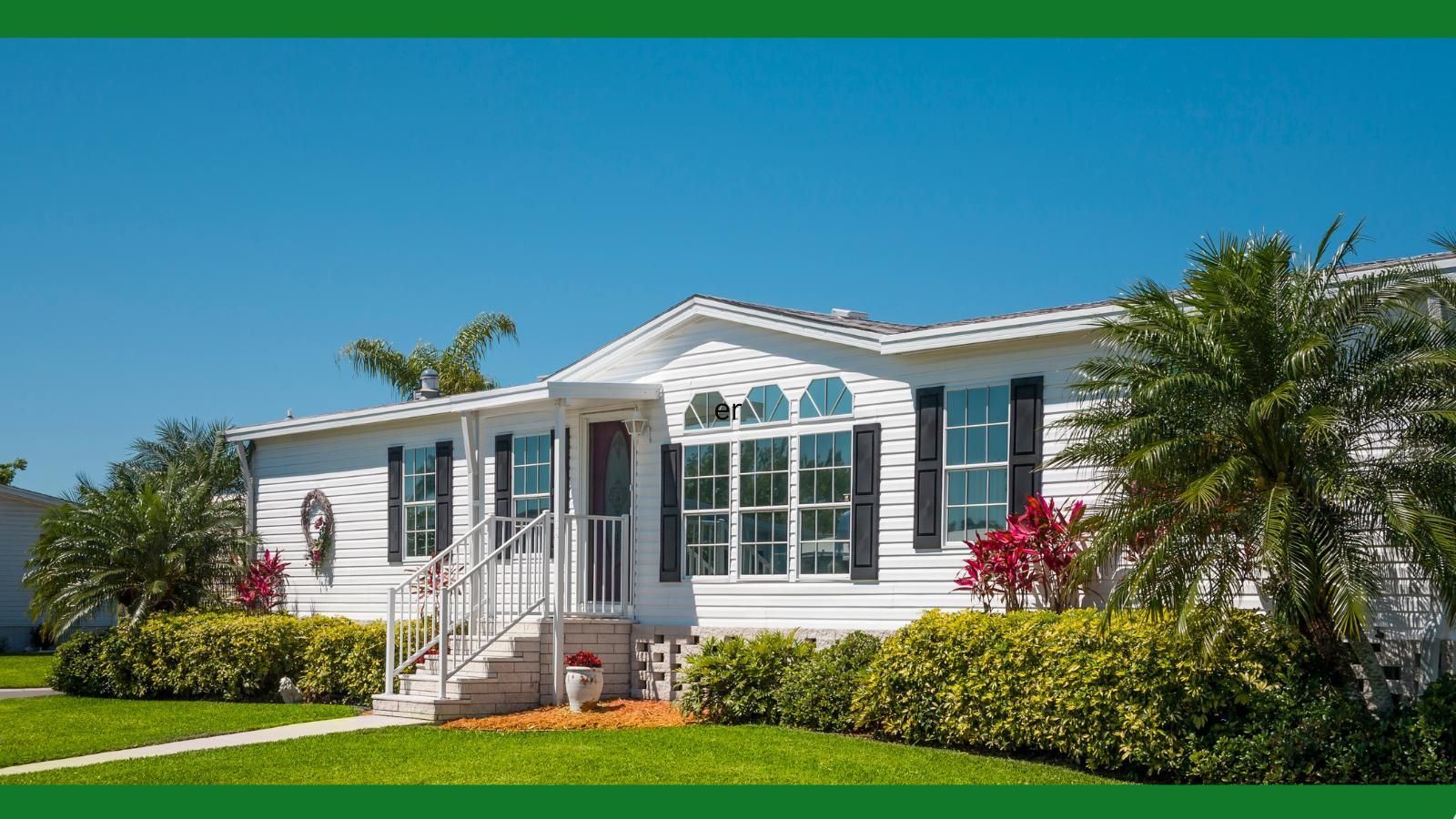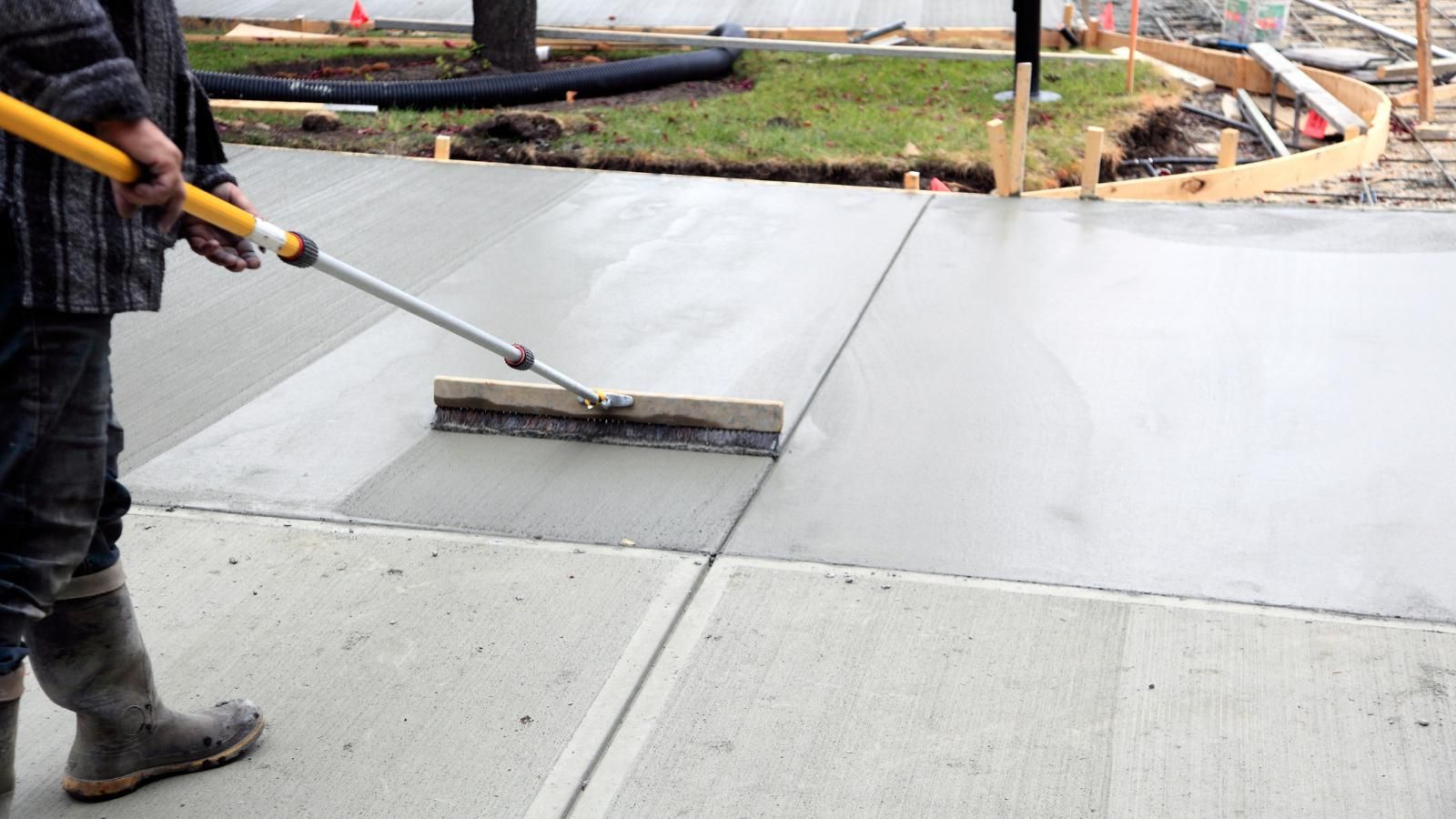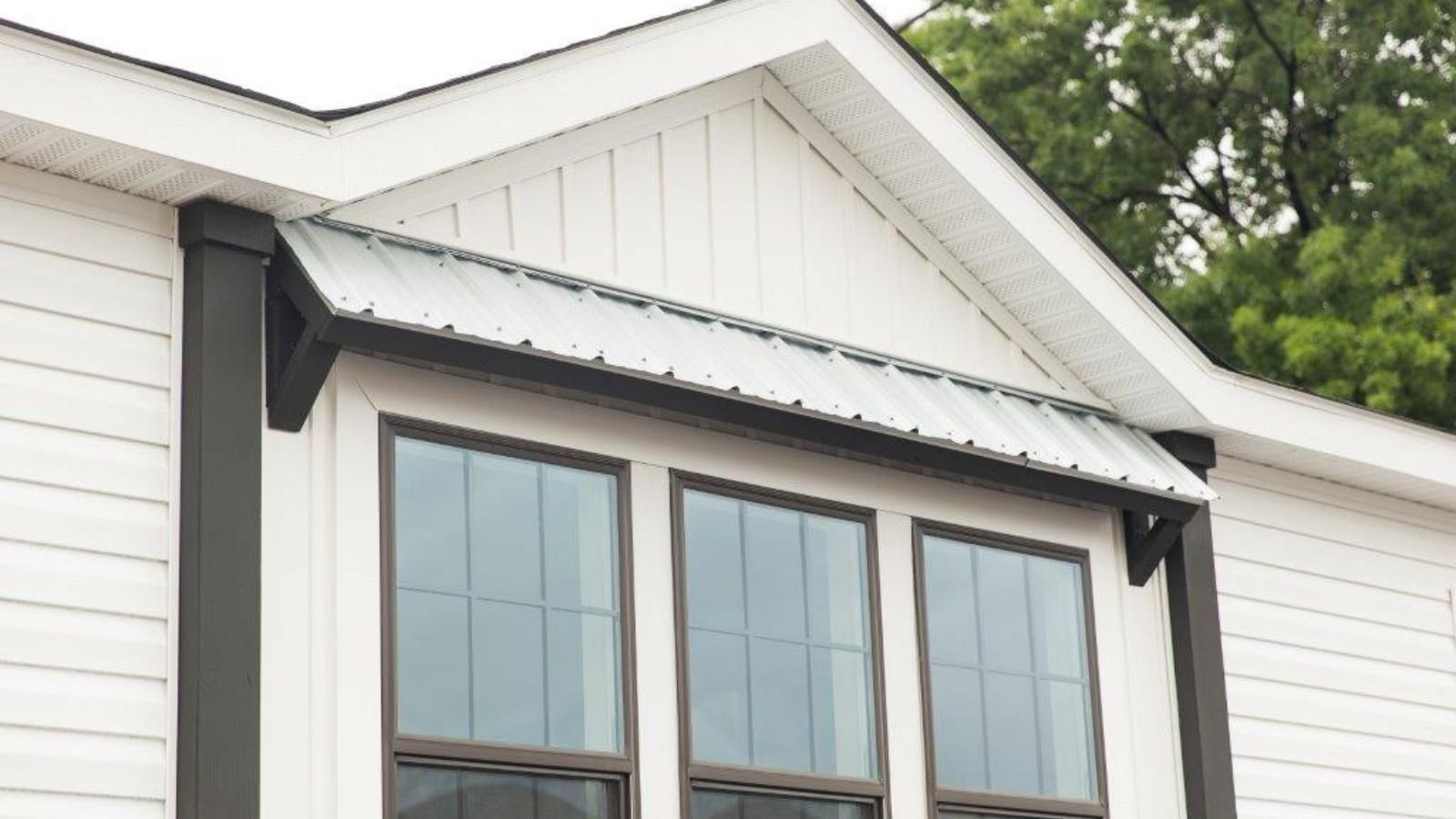Affordable Mobile Homes: How Much Can You Really Buy?
Affordable mobile homes are making homeownership possible for more families because the traditional way is out of reach due to limited supply and rising prices. Before getting in over your head, let's go over what “affordable” means. Your income, debt, and the land price you park on should are all factors to consider to set yourself up for home ownership success!
In this post, you will learn:
Understanding the 28/36 Debt-to-Income Rule

The simple 28/36 rule determines how much income can go toward a house payment.
What is the 28/36 rule?
- 28% (or less) of your income should be allocated to housing expenses, including mortgage amount, property taxes, and insurance.
- 36% of your maximum income should go toward monthly debt payments, including car loans, credit cards, student loans, and mortgage payments.
The 28/36 rule determines financial stability for affordable mobile homes that fit your budget. Here’s what that looks like with a gross monthly income of $4,000:
- 28% of $4,000 = $1,120 for a maximum monthly housing budget
- 36% of $4,000 = $1,440 for all debts
When you have a $250 car loan and a $150 student loan payment, you’ll want your mortgage to be $1040 or less to stay within budget.
Why do Lenders Use It?
Lenders rely on the 28/36 rule to determine lending risk, reducing the chances of loan defaults.
How to Calculate Your Maximum Mortgage Amount
Understanding your borrowing power is the key to finding affordable mobile homes. Considering income, existing debt, and current interest rates will determine how much you can borrow.
- Income: Lenders use your gross monthly income as the baseline for affordability.
- Debt: The higher your debt, the lower your max mortgage amount.
- Interest Rates: When interest rates are lower, you can afford a larger home for the same monthly payment. A small 1% change can make a big difference.
Take Advantage of Online Tools
Use the web’s free mortgage calculator to estimate your monthly payments. These tools factor in taxes, homeowner’s insurance, HOA fees, current loan rates, and more for a more precise calculation.
A step-by-step method to estimating your mortgage budget could look like this:
- Start with your gross monthly income
- Apply the 28% rule to find your housing budget
- Factor in current interest rates
- Use a mortgage calculator for precise estimates, factoring in taxes and insurance.
Average Income vs. Mobile Home Affordability
Will my income support the cost of a quality mobile home? The long answer to that question depends on your average income to house price ratio – and how that relationship has changed.
Recent data shows the median household income in the U.S. to be approximately $75,000 per year. Using the 28/36 rule puts your max housing budget near $1,750 monthly.. Thankfully, most mobile homes are still well within that range. Many mobile home models start under $100,000, even with land and installation costs factored in. A top-quality mobile home is often half the price of a site-built home.
Mobile Home Trends
- The average mobile home in 2000 was about $40,000
- The average rose to around $85,000 in 2020
- The median household income rose from $42,000 to approximately $68,000 during the same period.
According to recent trends, overall house affordability has tightened. Thankfully, mobile homes have remained affordable as other housing options have soared out of reach for many.
Factors That Affect Your Home Buying Budget
Your house-to-income ratio calculation is the foundation for what you can afford. External factors will also help or hinder your home-buying budget:
- Costs for Land – Land prices differ widely depending on location, local taxes, market value and nearby amenities such as airports or shopping.
- Down Payments – A larger down payment reduces your loan amount and increases your financing options.
- Insurance – Mobile home insurance is sometimes more expensive than a traditional home.
- Property Taxes – Mobile home taxes vary by classification – real or personal property.
- Interest Rates - Rates fluctuate daily, and a small change can make a big difference.
- Credit Scores - Higher scores = better loan terms / Lower scores = higher interest rates.
Conscientious buyers will factor the above external expenses when determining affordable mobile home ownership.
How Can I Increase My Home-Buying Power?
Increase your home-buying power with a few savvy moves.
Improve Your Debt-to-Income Ratio:
- Paying down credit card balances
- Delay large purchases to improve your debt-to-income ratio
- Increase your income if possible
Boost Your Credit Score:
- Pay balances in time on all credit accounts
- Keep your credit amounts under 30% monthly
- Avoid new lines of credit applications before a mortgage
Plan your Finances
- Take advantage of online mortgage calculators and run different scenarios.
- Save up for a larger downpayment.
- Connect with a financial advisor or lender. They will help you increase your buying power and prequalify you for a loan.
Finding the Right Mobile Home Within Your Budget
Congratulations, you’ve already taken the first step towards homeownership. You are now equipped with the 28/36 rule and can use a mortgage loan amount calculator based on income to shop confidently within your means.
Key Take-a-ways:
- Buying power depends on your income, debt, and interest rate
- Factor in external expenses like land, taxes, insurance, and credit scores
- Financial planning today increases buying power tomorrow.
Reach out to
Herrington’s LLC when you’re ready to discover an affordable mobile home that fits your budget and lifestyle. We’ve helped many families achieve home ownership with expert guidance and personalized help, and we’ll support every step of your mobile home buying journey.




